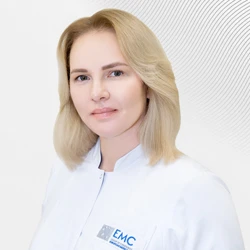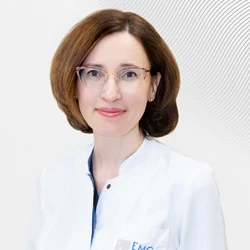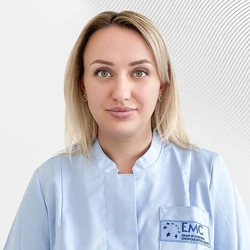Angioedema
Causes of Quincke's edema
By the nature of the origin, allergic angioedema and angioedema of non-allergic etiology are distinguished.
Allergic causes include reactions to:
some types of medicines;
food products (most often they include nuts and seafood, less often meat, milk and other foodstuffs);
insect bites;
latex and some household chemicals.
Non-allergic causes of angioedema include autoimmune diseases, stress, injuries, certain chemicals that are used in contrast imaging, some malignant neoplasms, and most notably B-cell lymphoma. Some medications can also cause anioedema due to non-allergic mechanisms. These primarily include nonsteroidal anti-inflammatory drugs and certain medications to lower blood pressure. In addition, congenital angioedema is isolated due to a lack of one of the proteins in the body
In 40% of cases, the cause of angioedema remains unclear even after a comprehensive examination of the patient.
Signs and symptoms of Quincke's edema
Quincke's edema is an acute condition that manifests itself in a patient rapidly: from a few minutes to several hours, depending on the location of the edema.
Edema is localized on the skin of the face, oral mucosa, upper respiratory tract or in the intestine. Quincke's edema on the face and eyelids (Quincke's edema on the eye) can be very severe and make vision difficult. With edema of the upper respiratory tract, the patient may have difficulty breathing, have a "barking" cough and hoarseness of voice. If severe laryngeal edema occurs, then in critical cases, suffocation with loss of consciousness may occur. Intestinal edema is accompanied by severe abdominal pain and diarrhea.
Angioedema is often accompanied by urticaria – itchy rashes.
When the first symptoms of angioedema appear, emergency care is needed. You should immediately call an ambulance and follow the instructions of specialists before the arrival of doctors.
First aid for Quincke's edema
 Treatment of Quincke's edema always requires emergency medical care. At EMC, the patient's emergency care is provided first at home and then in the hospital. The EMC Emergency and Emergency Department is open around the clock. Ambulances are equipped with everything necessary for first aid, as well as comfortable transportation of the patient to the clinic. Doctors have many years of experience in providing emergency care in the most difficult cases.
Treatment of Quincke's edema always requires emergency medical care. At EMC, the patient's emergency care is provided first at home and then in the hospital. The EMC Emergency and Emergency Department is open around the clock. Ambulances are equipped with everything necessary for first aid, as well as comfortable transportation of the patient to the clinic. Doctors have many years of experience in providing emergency care in the most difficult cases.
Initially, the patient is provided with the necessary drug therapy to relieve the acute condition and relieve severe symptoms. At the same time, urgent laboratory blood tests are performed, after which the doctor continues continuous monitoring of the patient in the hospital.
After the exacerbation is removed, the treatment of Quincke's edema continues in the clinic: the patient undergoes the necessary examination to identify possible causes. In some cases, a comprehensive examination is required with the involvement of a therapist, allergist, otorhinolaryngologist and intensive care specialist. According to the indications, in addition to laboratory tests, diagnosis may include ultrasound and laryngoscopy.
Actions before the ambulance arrives for Quincke's edema
If the swelling is severe, no independent actions should be performed before the ambulance arrives and medications should be given to the patient, as this can only worsen the condition.
It is necessary to provide a person with access to fresh air, comfortably place him in a prone position. If panic attacks are observed, then it is necessary to calm the person down.
If the edema does not disrupt the body's functions, you can take an antihistamine (Cetirizine, Loratadine, etc.) and make an appointment with an allergist.
Prevention of Quincke's edema
Prevention of angioedema begins after a complete examination of the patient and identification of the cause of the acute condition. Depending on the diagnosis, prevention may consist of a specific diet (excluding allergenic foods from the diet), lifestyle adjustments (for autoimmune diseases or stress), and other measures. An important preventive method is to stop taking medications without a doctor's prescription, since an allergic reaction to medications is one of the most common. It is important to strictly follow the recommendations of doctors and always inform the doctor if you suspect an atypical reaction to the medicine.
The examination and treatment of a patient with angioedema is carried out by an allergist who knows the medical history and individual characteristics of a person. Quincke's edema can occur in a person once or occur several times in a lifetime, and therefore all prescribed preventive measures must be followed. EMC patients can contact their doctor at any time and ask the necessary questions.
The EMC Clinic of Dermatovenerology and Allergology-Immunology employs specialists with experience in Israel and Western European countries. The training of doctors is supported by internships in the best foreign clinics. Treatment at EMC is provided in accordance with all international standards and proven medical practices.
Why the EMC
The first and only clinic in Russia, created in the image of the world's leading clinics
EMC is a multidisciplinary center offering patients a high level of medical services and a personalized approach
Worldwide recognition and awards
 Learn more
Learn more
Worldwide recognition and awards
 Certificates and licenses
Certificates and licenses
Make an appointment for a consultation
Specify your contacts and we will contact you to clarify the details
Reviews
and new products of the EMC



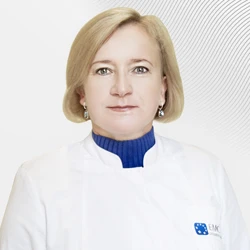

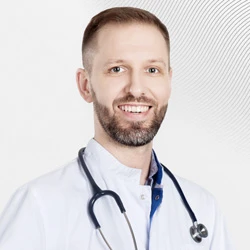
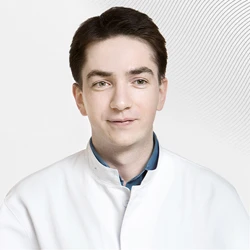
.webp)

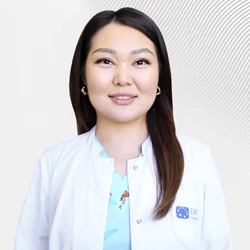


.webp)
